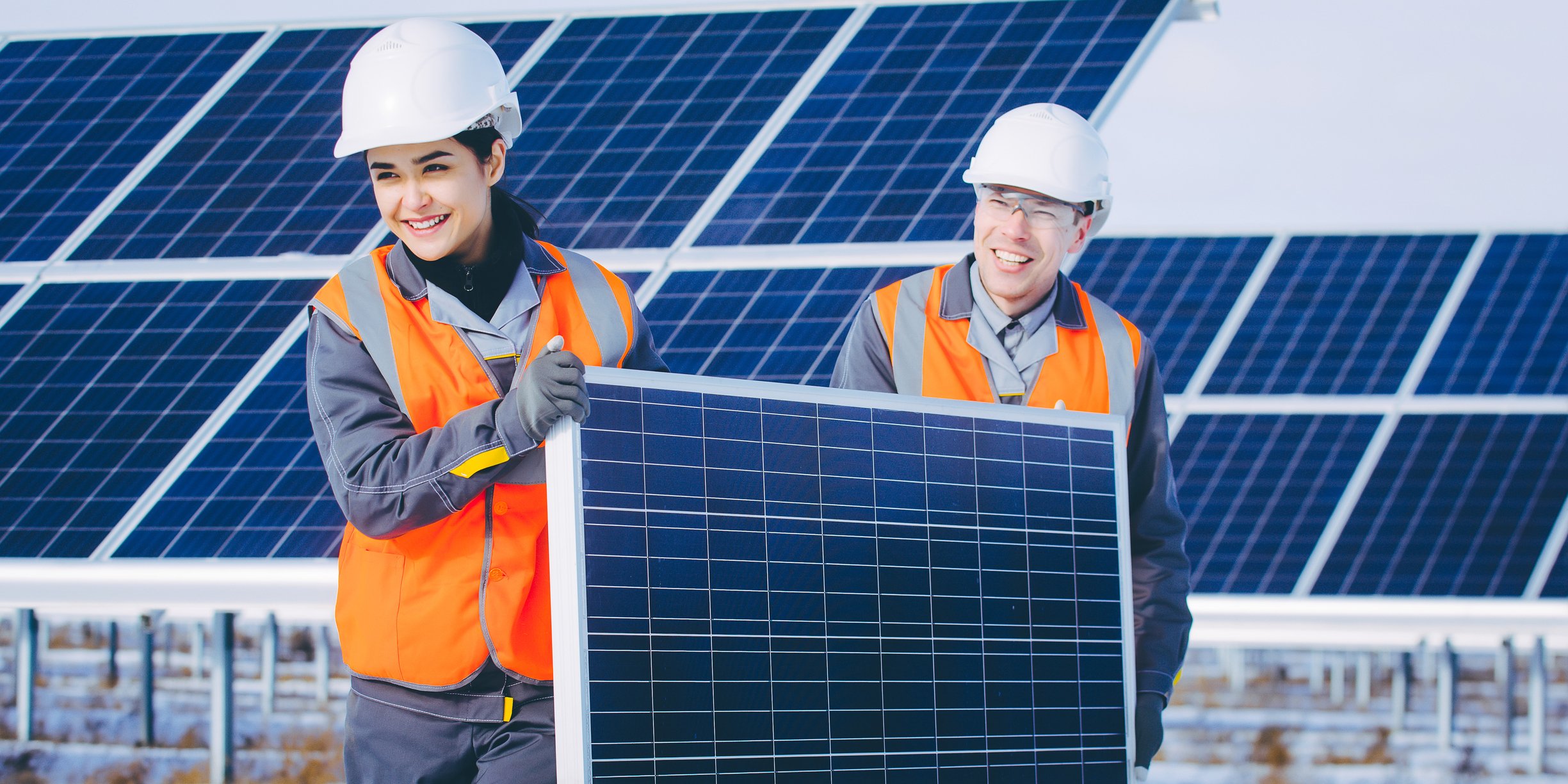It's that time of year again -- time to pick up some more spooky ornaments for your Halloween display and grab "just one more" pumpkin-spiced treat. And investors know that it's always time to look at potential additions to their portfolios. So let's check in with one of the more popular renewable-energy stocks, Pattern Energy Group (PEGI +0.00%), which owns 24 assets in North America and Japan
The stock has soared 44% year to date, outpacing the S&P 500's more than 18%. Does this mean that it's now overvalued, or is it still a good time to pick up shares? Here's a look at whether Pattern Energy is a way to energize your portfolio.

Image source: Getty Images.
The glass is half full...
With the wind in its sails, Pattern Energy has substantially grown its portfolio of assets over the past five years: from 1,472 MW in 2014 to 2,861 MW as of Q3 2019. And management sees the potential for continued growth. Over the next three years, the company has identified several projects, totaling 845 MW -- a potential increase of 30% to its current owned capacity -- that will be available for purchase from its parent company, Pattern Development.
One of the most alluring features of Pattern Energy's stock is its dividend, currently yielding 6.2%. But savvy investors know that it's best to be circumspect with a stock that features such a high yield. And in the case of Pattern Energy, they would be right.
In 2018, for example, its payout ratio was 113%, according to Morningstar. Aware of the peril that the high payout ratio represents, management has taken a more cautious approach, keeping the quarterly dividend unchanged since Q1 2018. Moreover, on the company's recent Q2 conference call, management reiterated its commitment to being more conservative, stating, "We are committed to maintaining our dividend and driving down our payout ratio toward our targeted level of 80% by the end of 2020, without the requirement to issuing new common equity."
In addition to the 80% payout ratio target, the company's growing cash available for distribution (CAFD) should reassure investors that its financial health isn't in jeopardy. During the Q2 earnings presentation, management reaffirmed its 2019 CAFD guidance: $160 million to $170 million. If Pattern Energy achieves the midpoint of this range, it will represent a 4.8% increase over the $167 million in CAFD that the company reported in 2018.
... or is it half empty?
Although Pattern Energy has some investors charged up about its prospects, bears will look at the stock and tell the bulls to go fly a kite. One source of pessimism regarding the stock is the company's debt-laden balance sheet. As of the end of the second quarter, it had $2.02 billion in net debt. Taking into account the company's EBITDA of $330 million over the previous 12 months, bears will contend the company's net-debt-to-EBITDA ratio of 6.1 indicates it is in a tenuous position since it's relying heavily on leverage to achieve its growth.

Image source: Pattern Energy.
Additionally, the stock's price tag may not seem all that compelling. In mid-August, rumors surfaced that Pattern Energy was gaining interest as an acquisition target, and shares raced higher on the reports. Thanks to the recent run, the stock is currently trading at 5.16 times trailing sales, a small premium to its five-year average multiple as calculated by Morningstar.
A mighty wind
For some investors, Pattern Energy's heavily reliance on leverage may dismiss it from consideration, but for those investors with a higher threshold for risk, the stock represents an exciting opportunity. The company's prowess in operating wind power assets suggests that it's well positioned to prosper as renewable energy is continually espoused by government leaders from the local to national levels.
The stock's valuation may not seem compelling in terms of earnings, but when assessing it in regard to operational cash flow, it seems more appealing. The stock trades slightly below its average multiple to operational cash flow over the past five years. With this price tag, I'd be happy to add to my position in Pattern Energy if I had the capital to do so.






